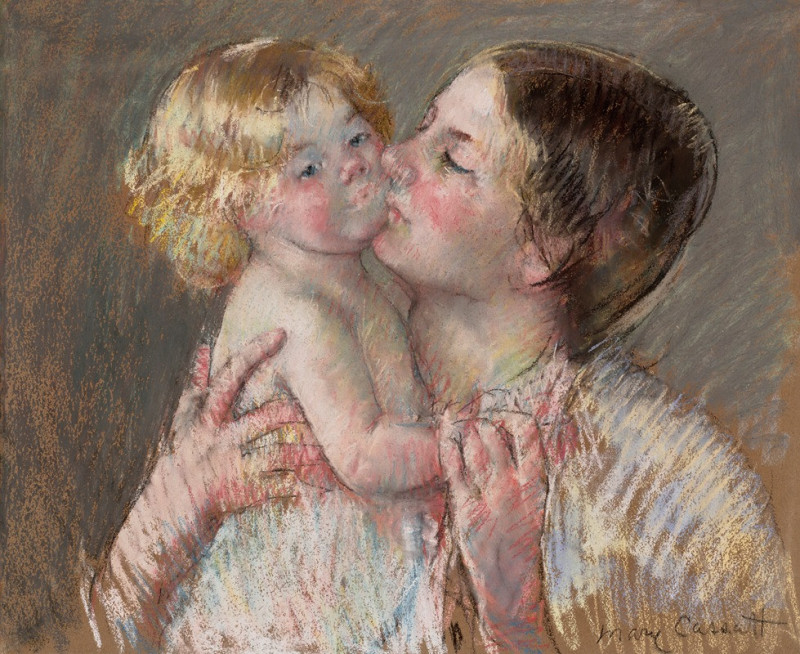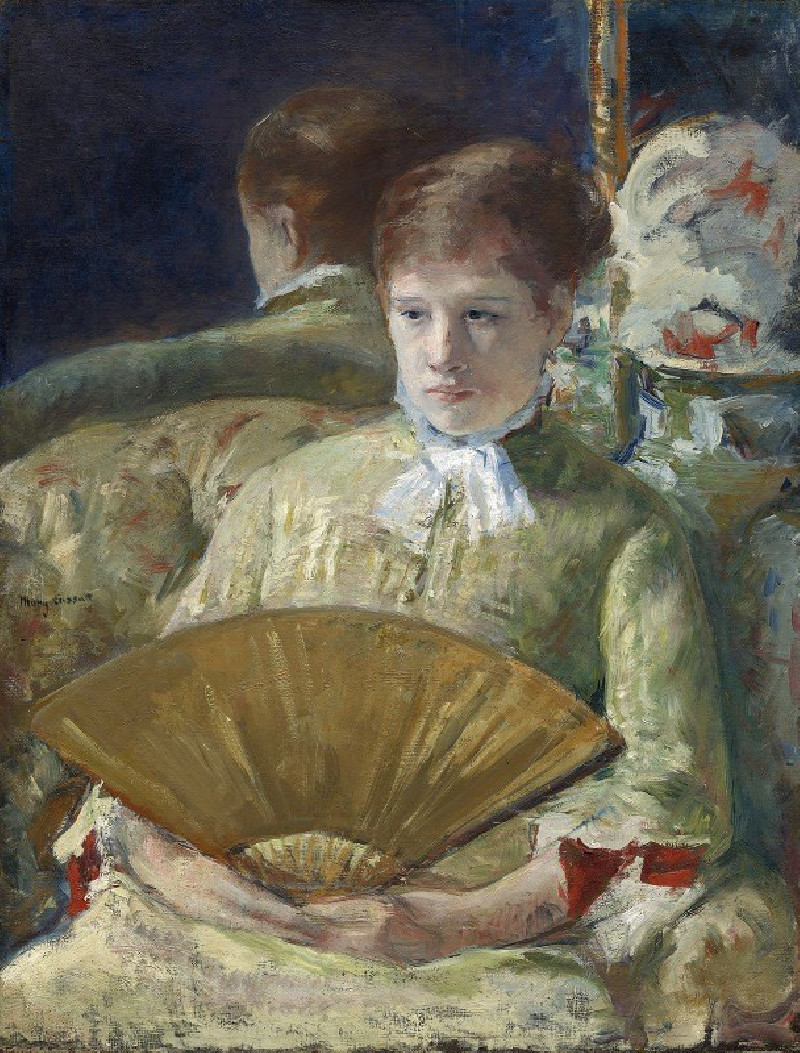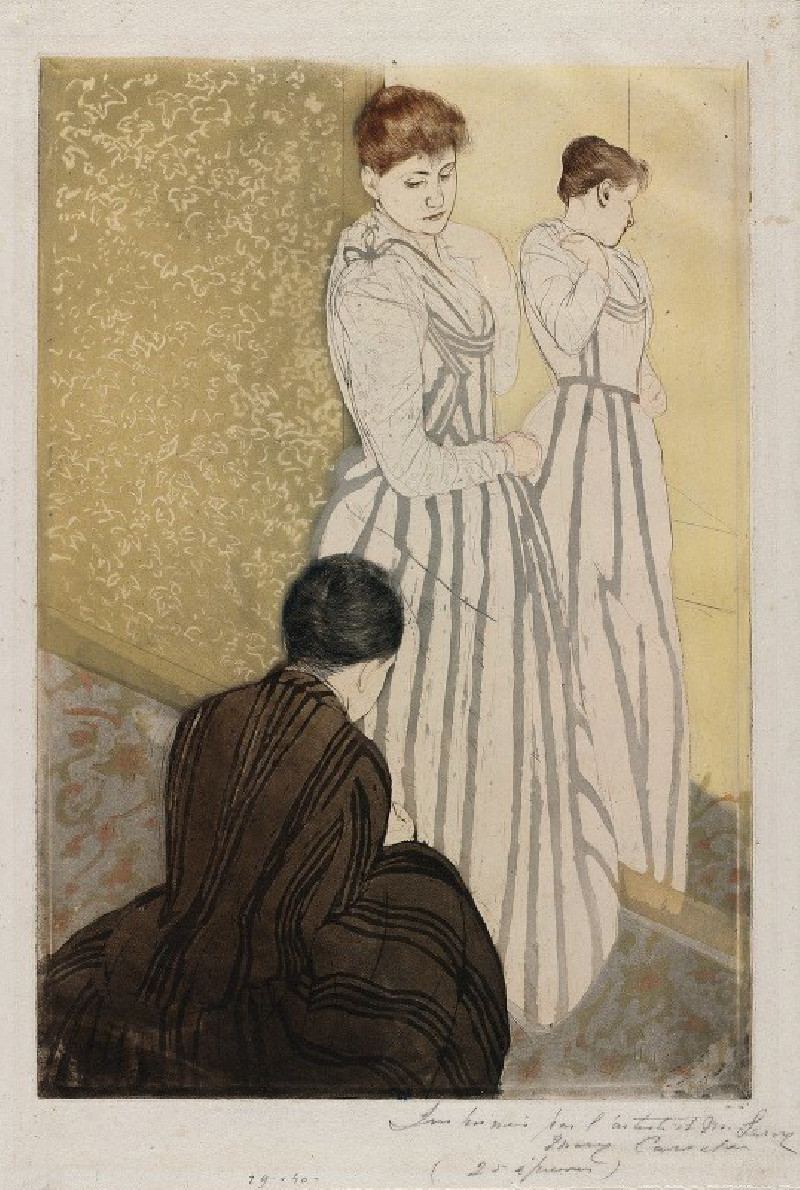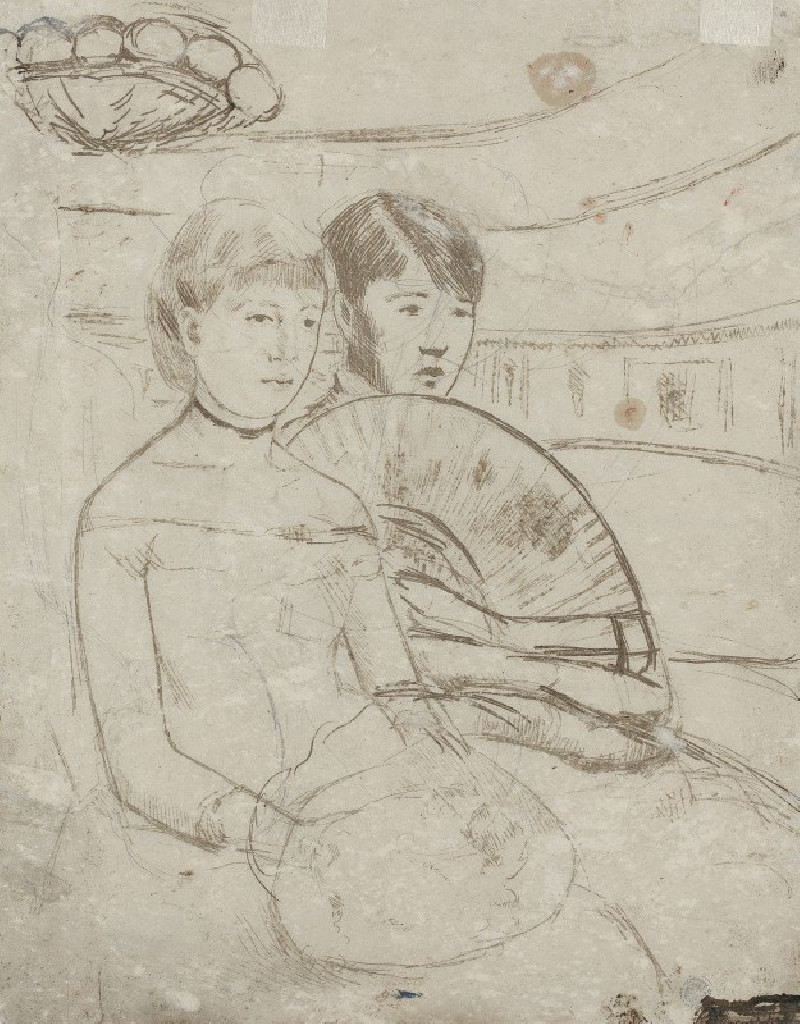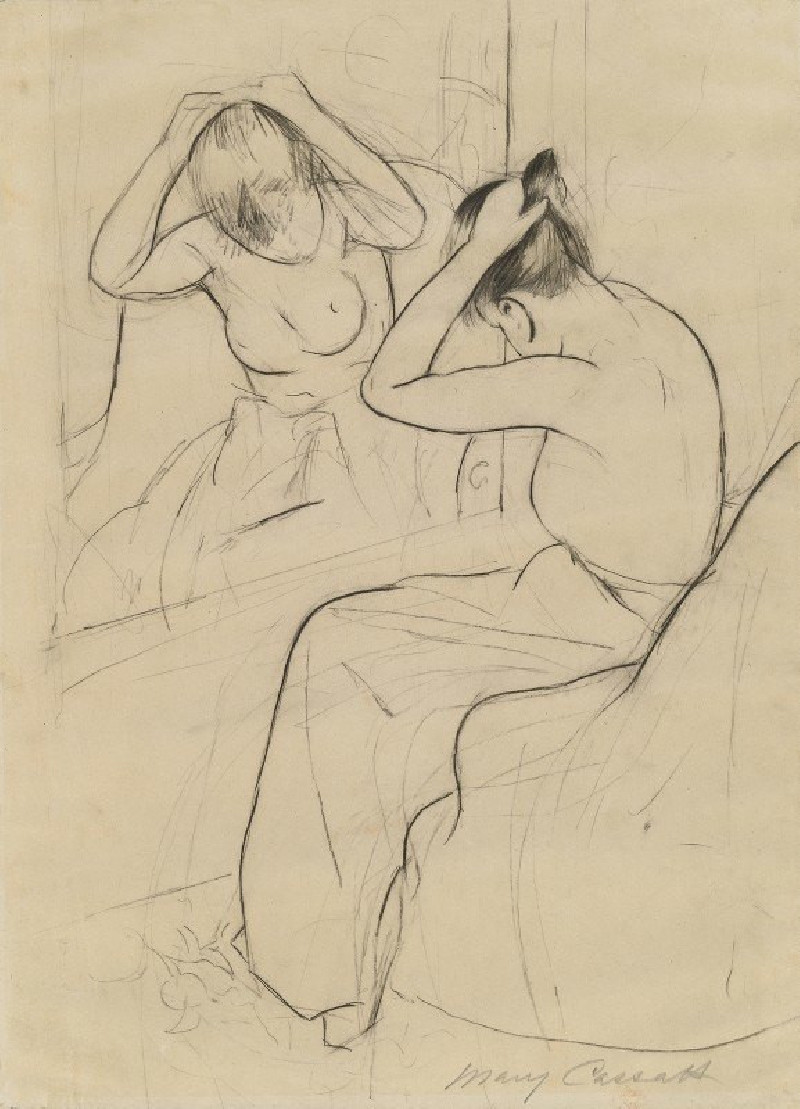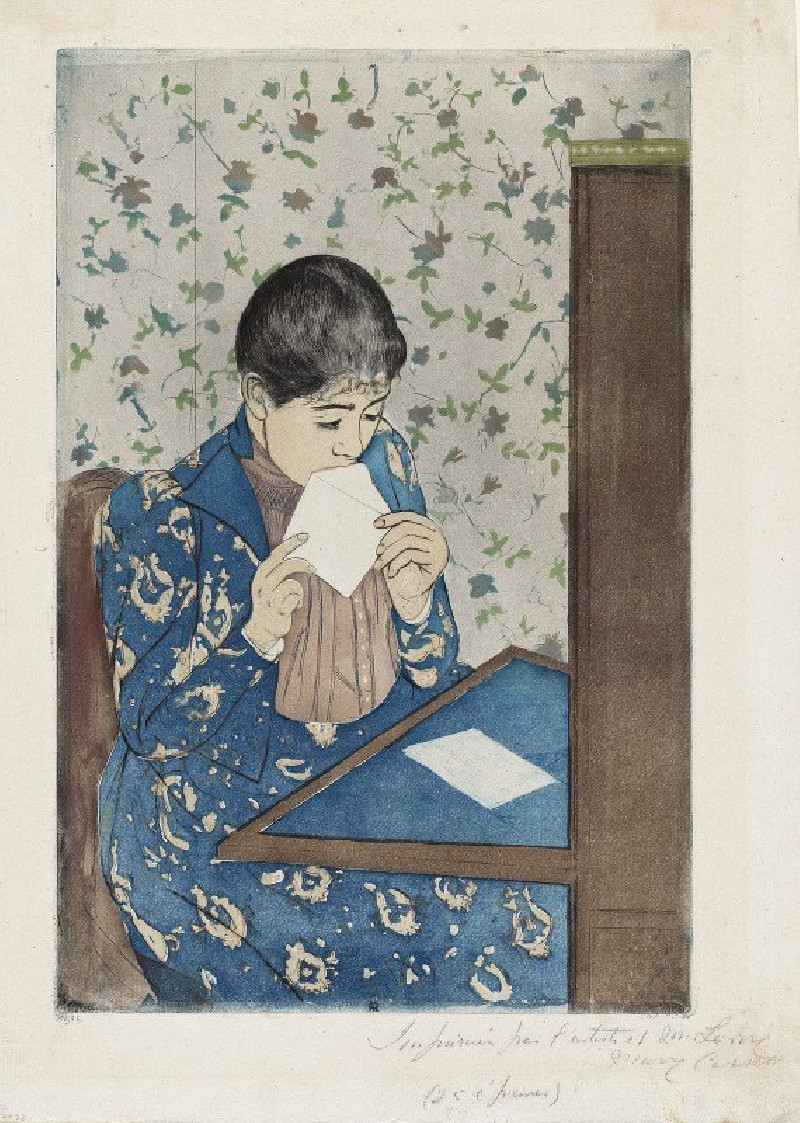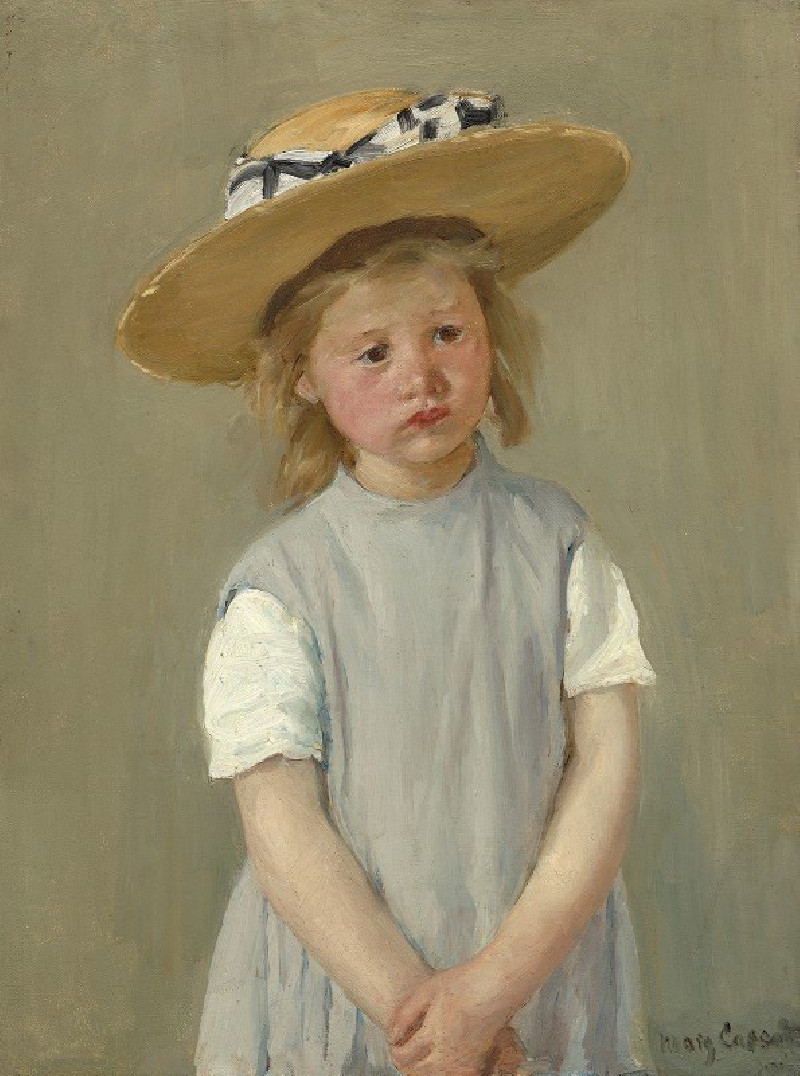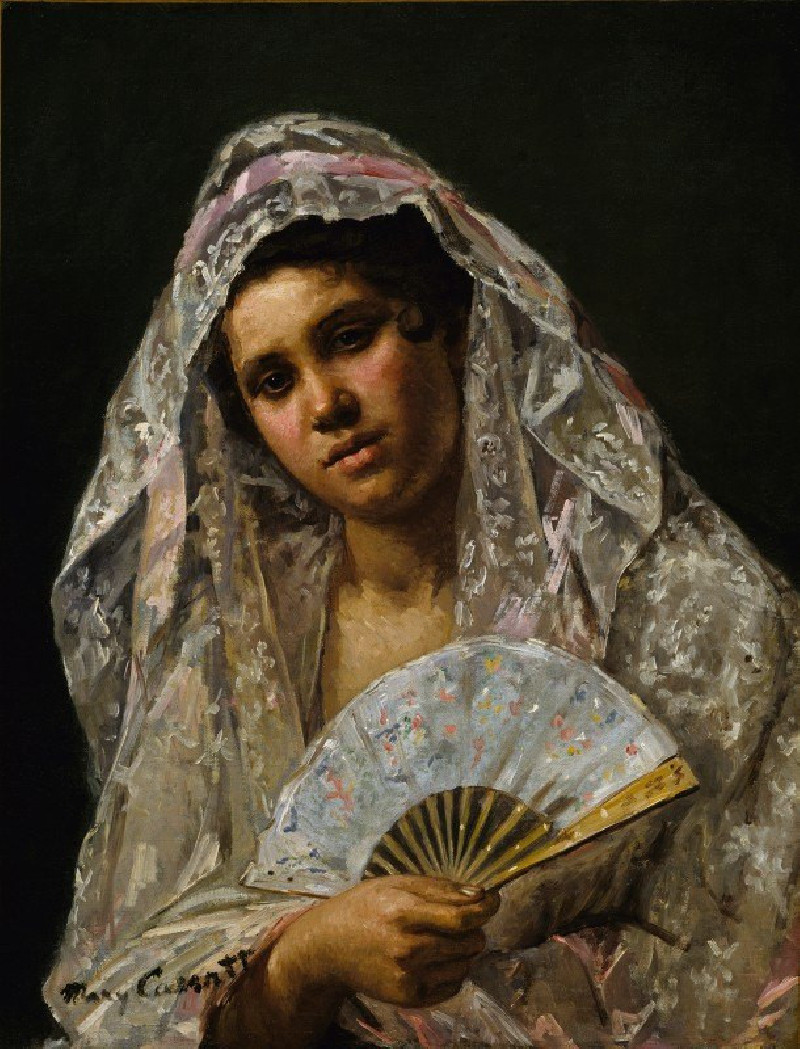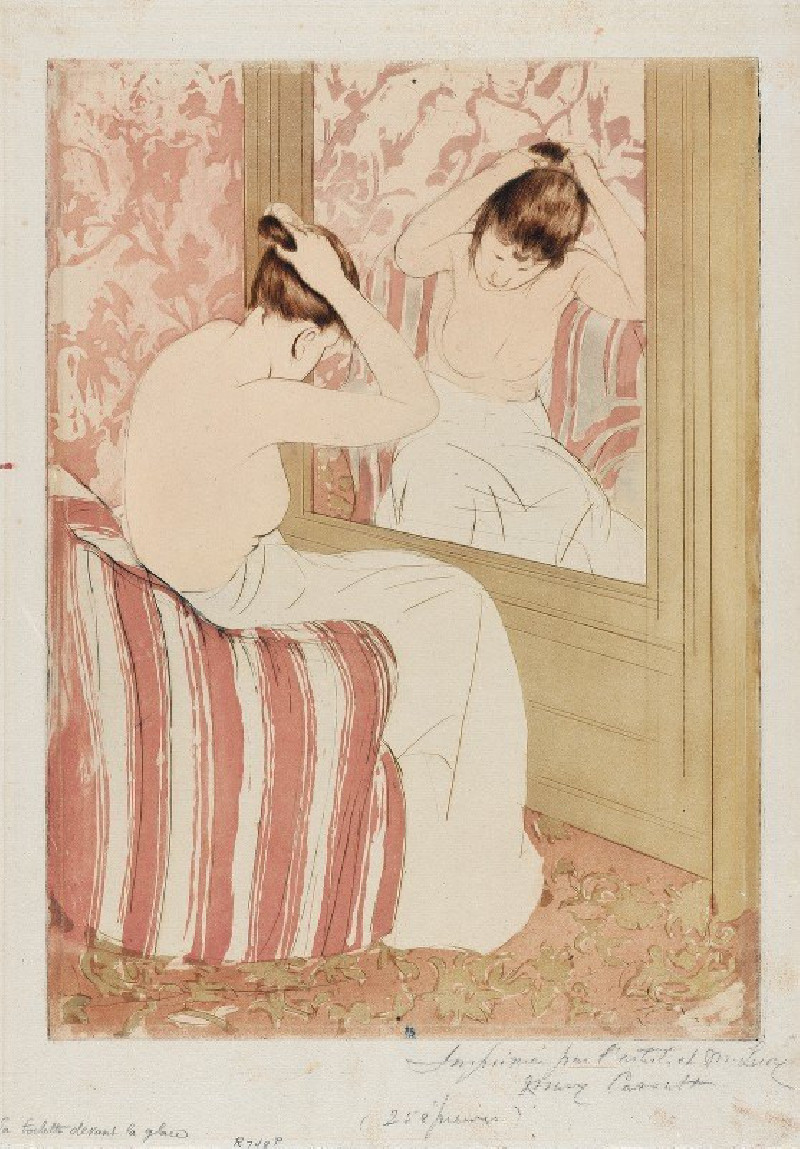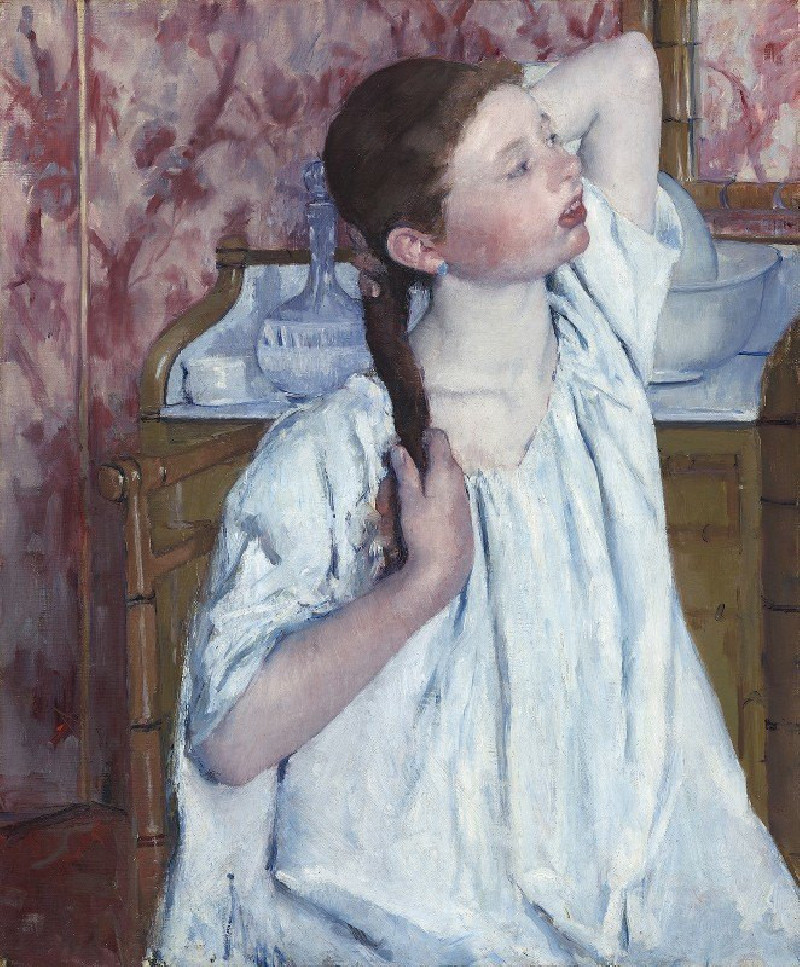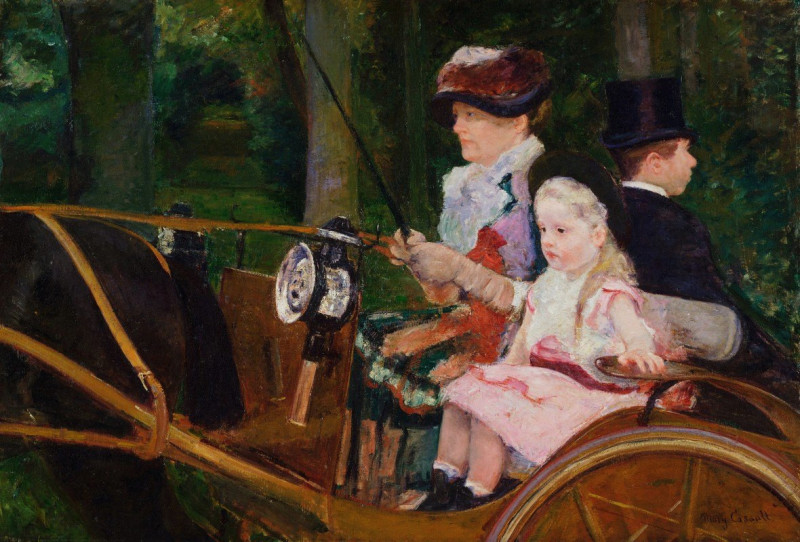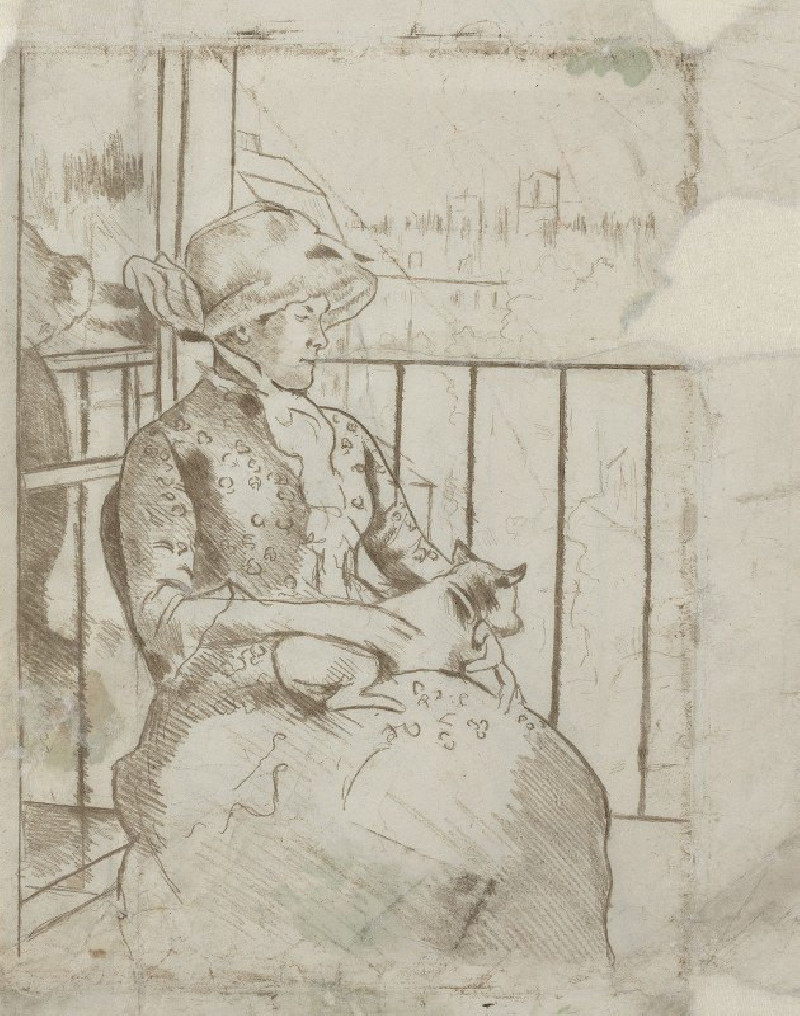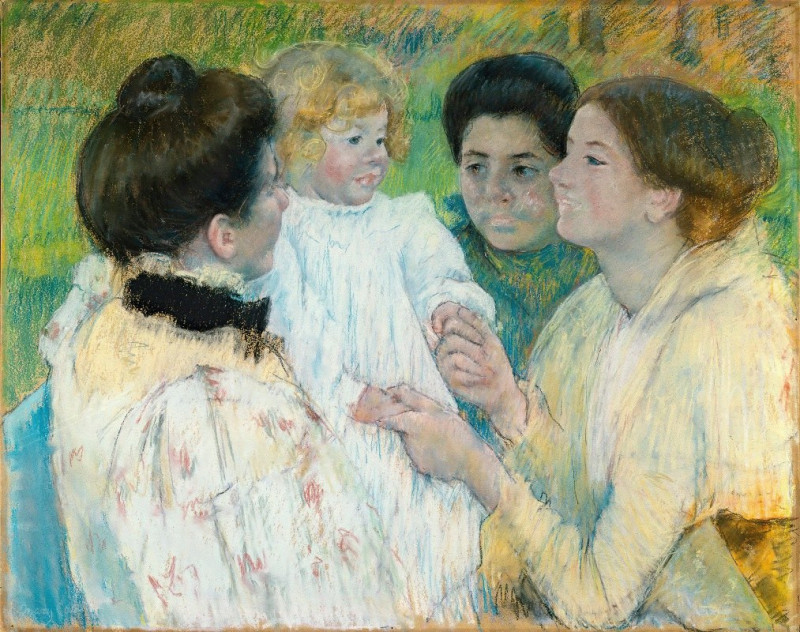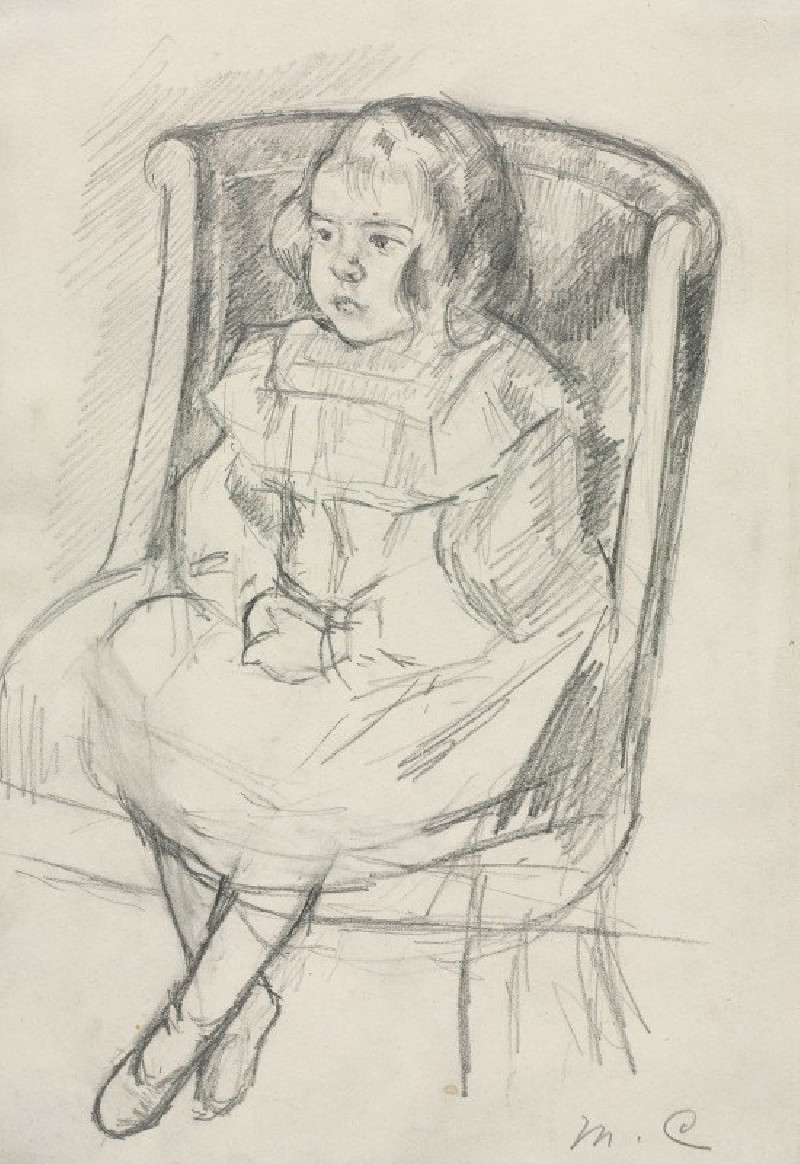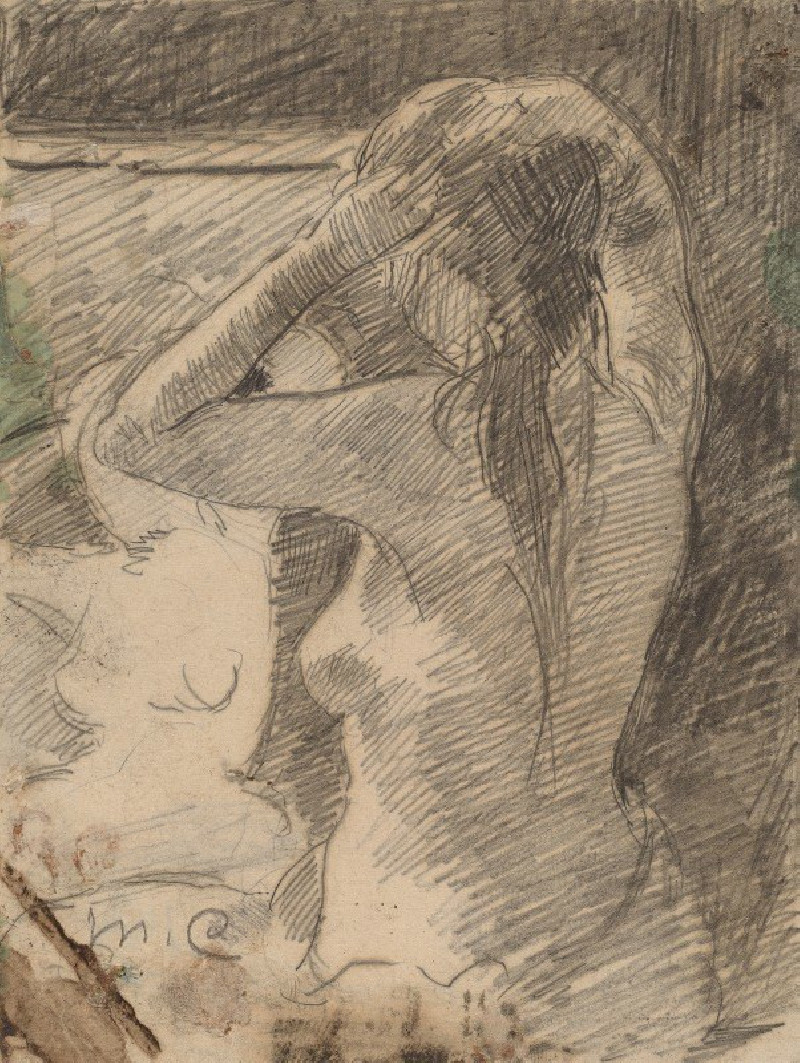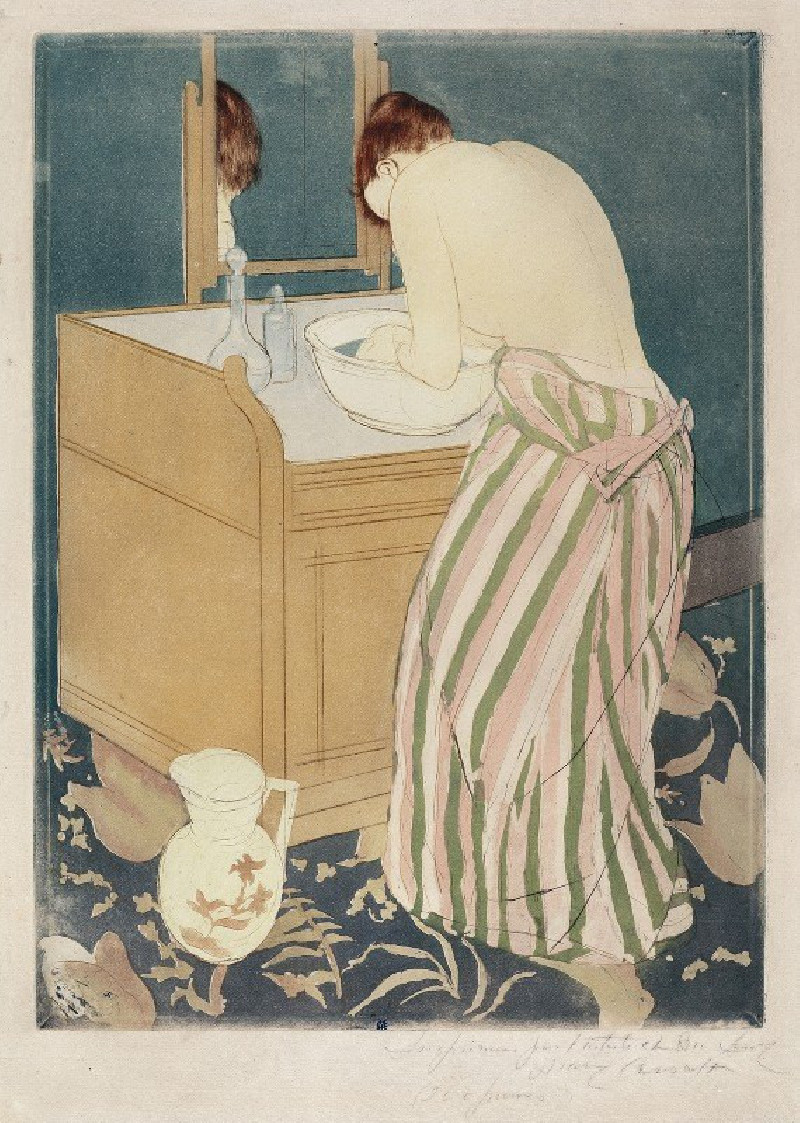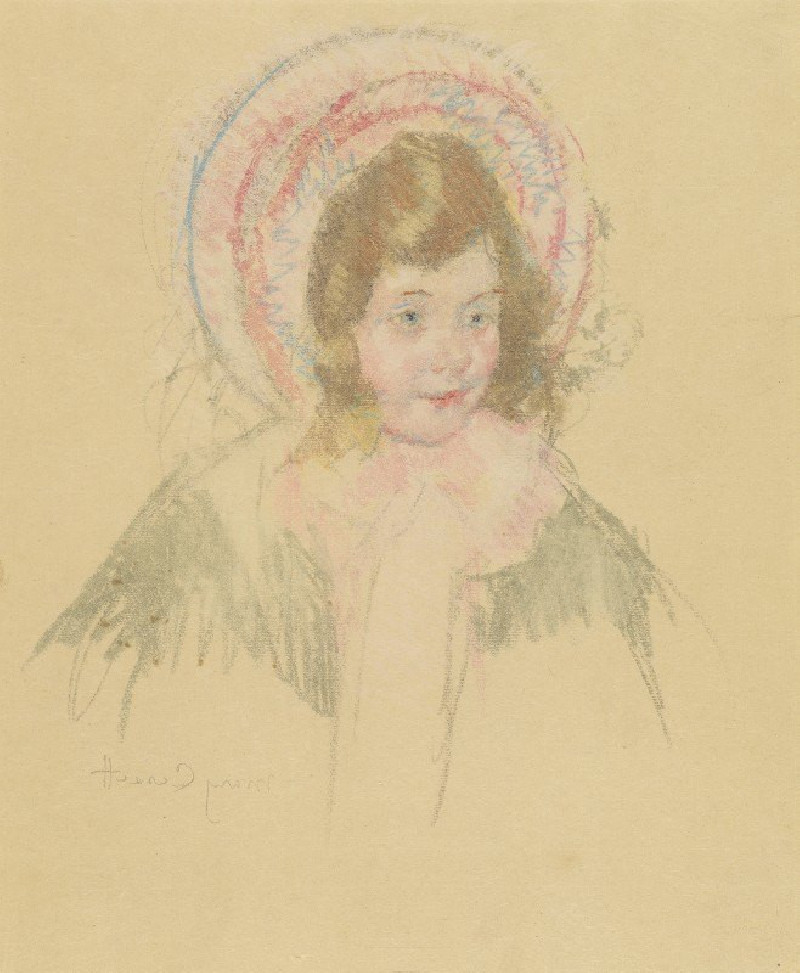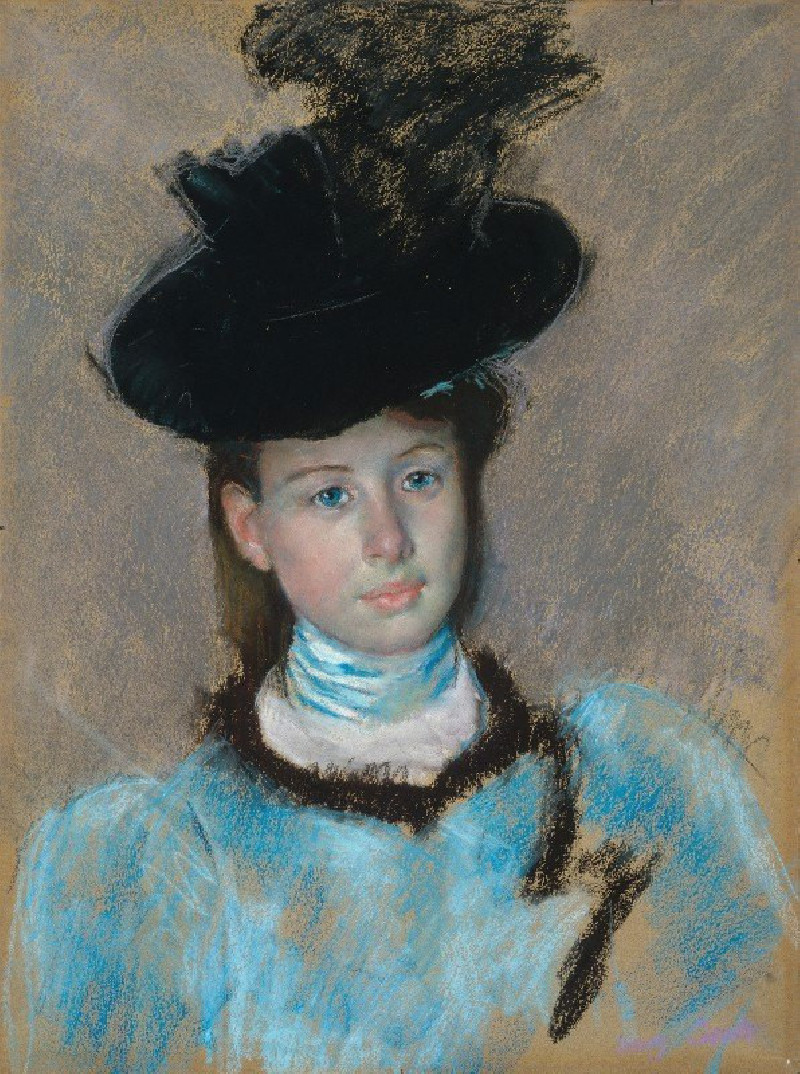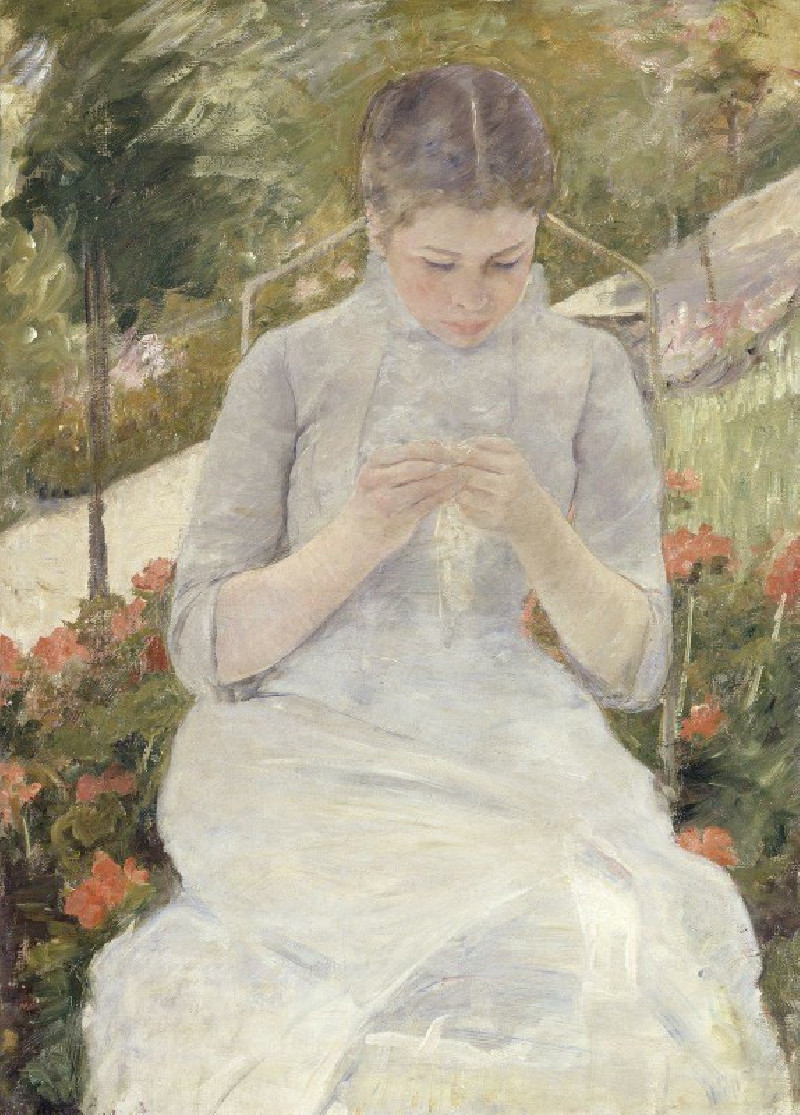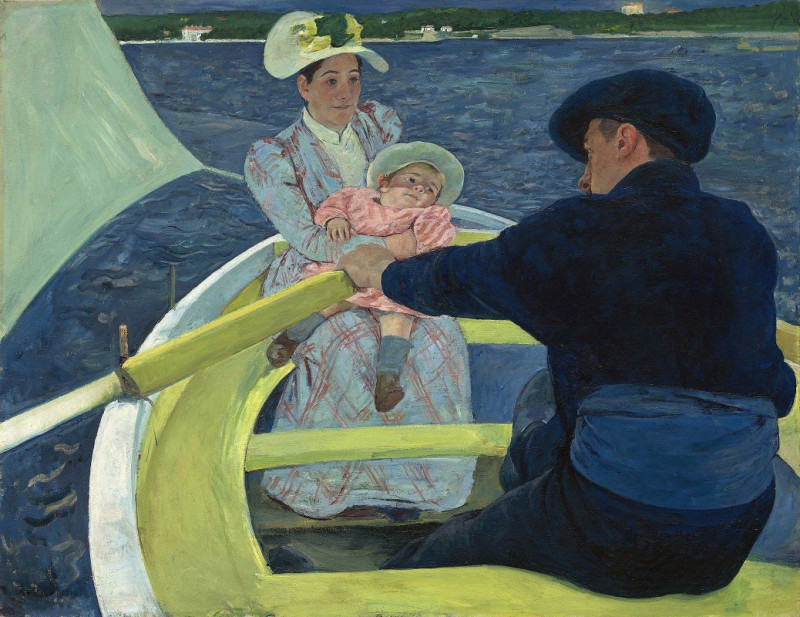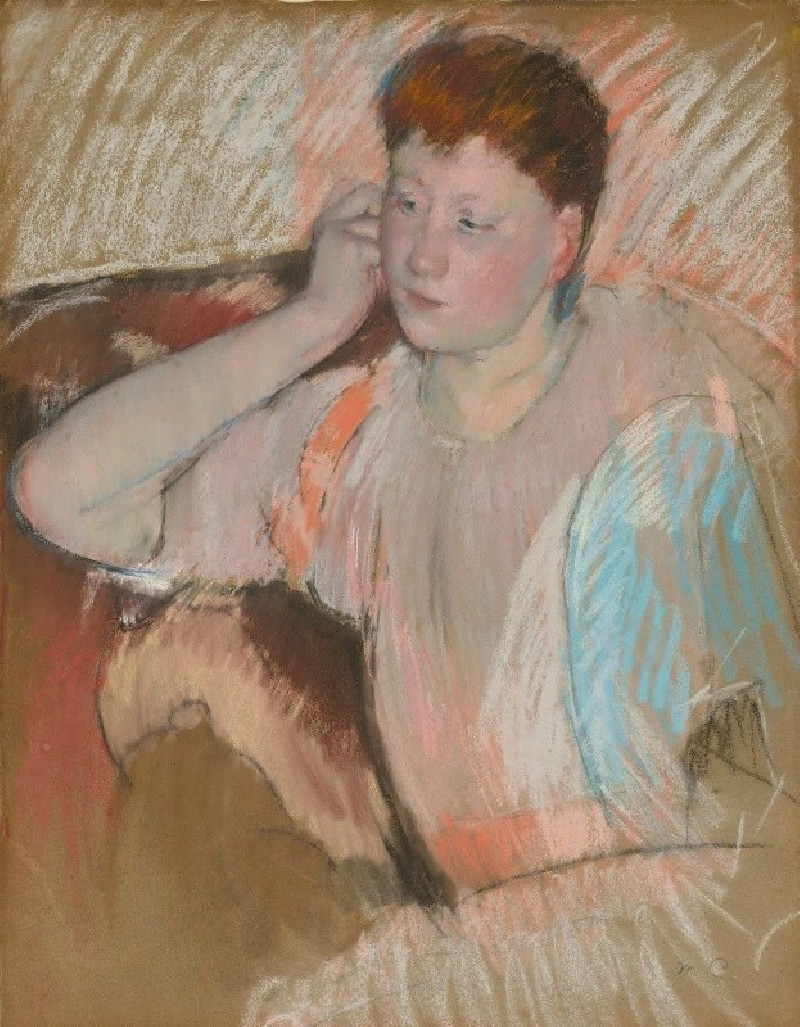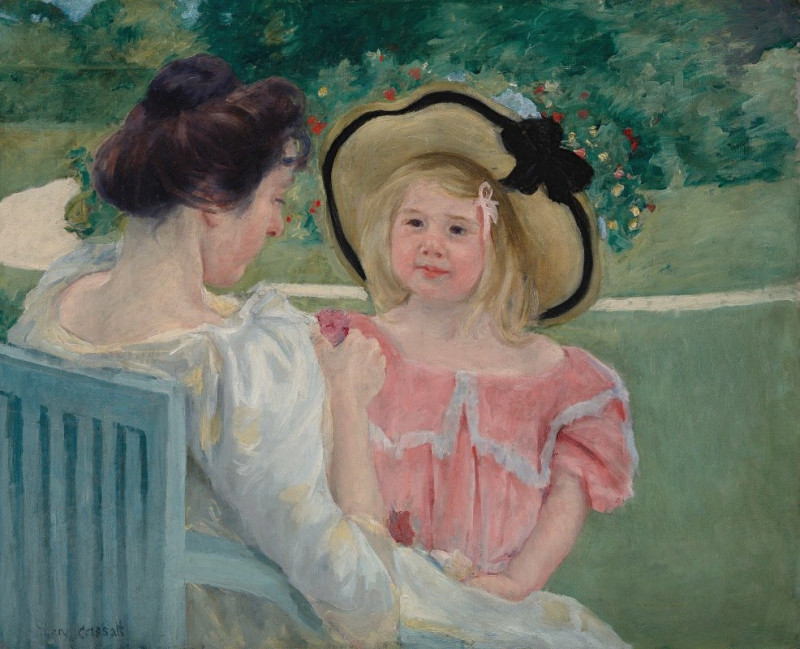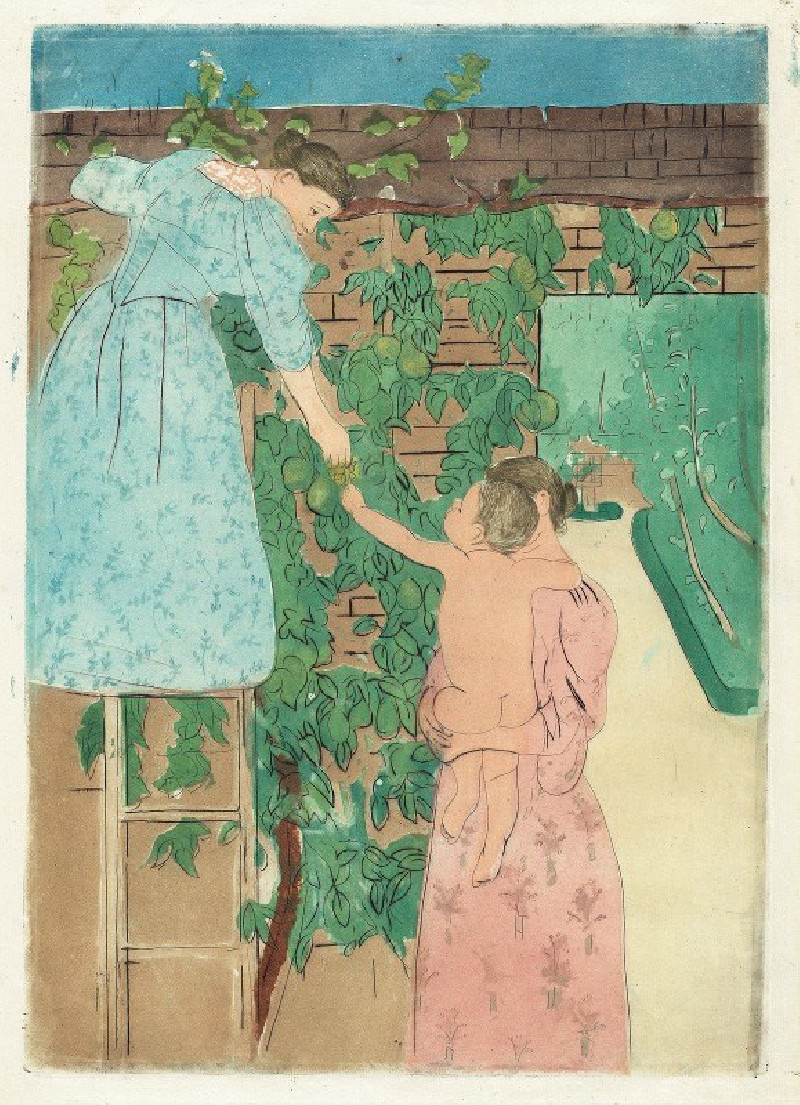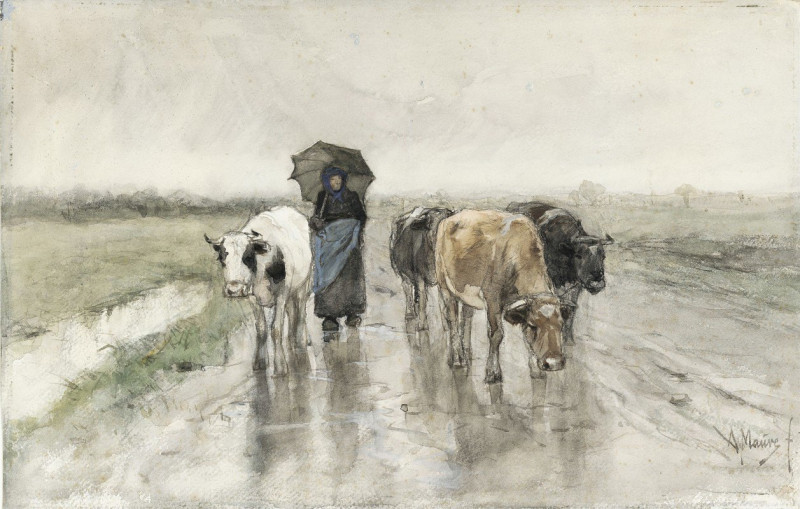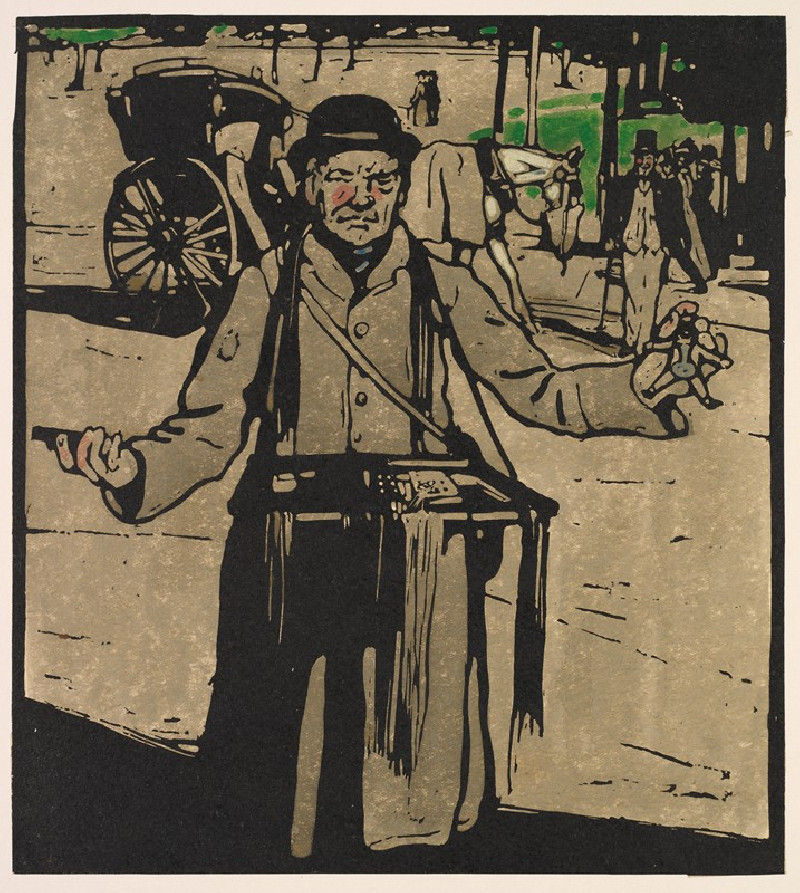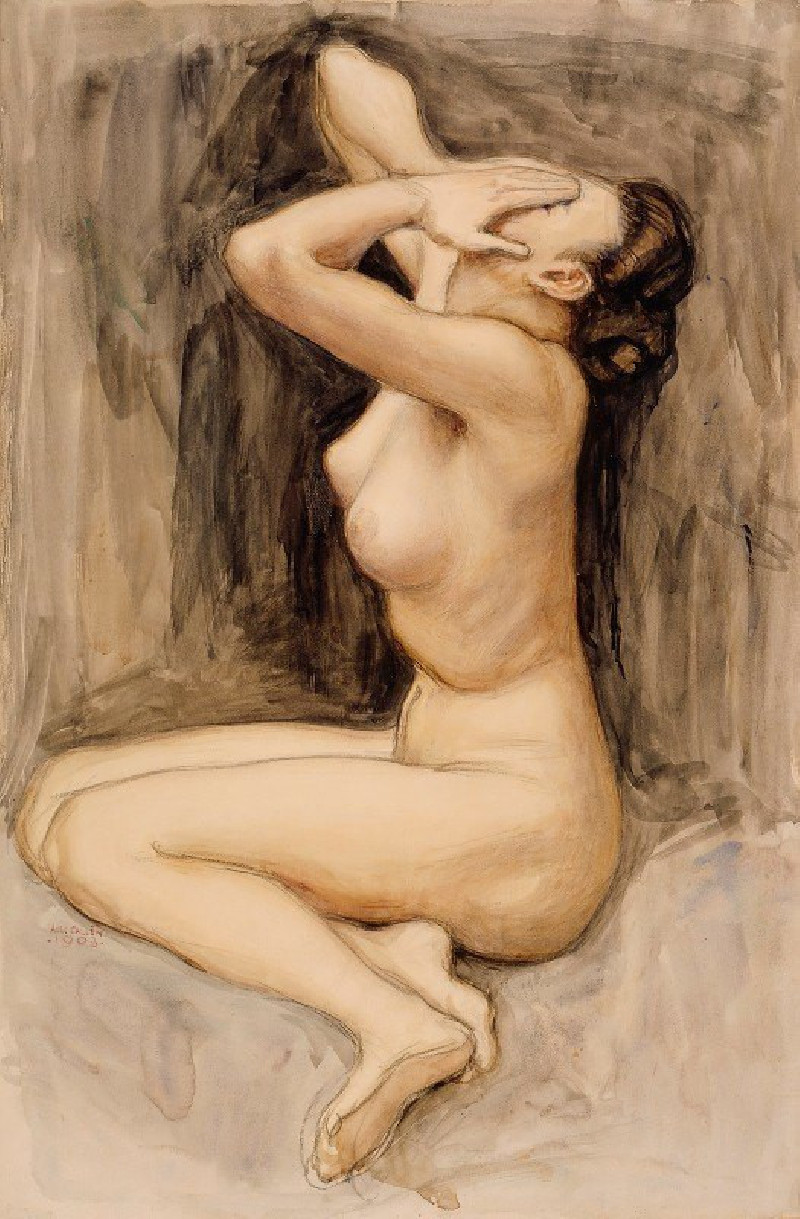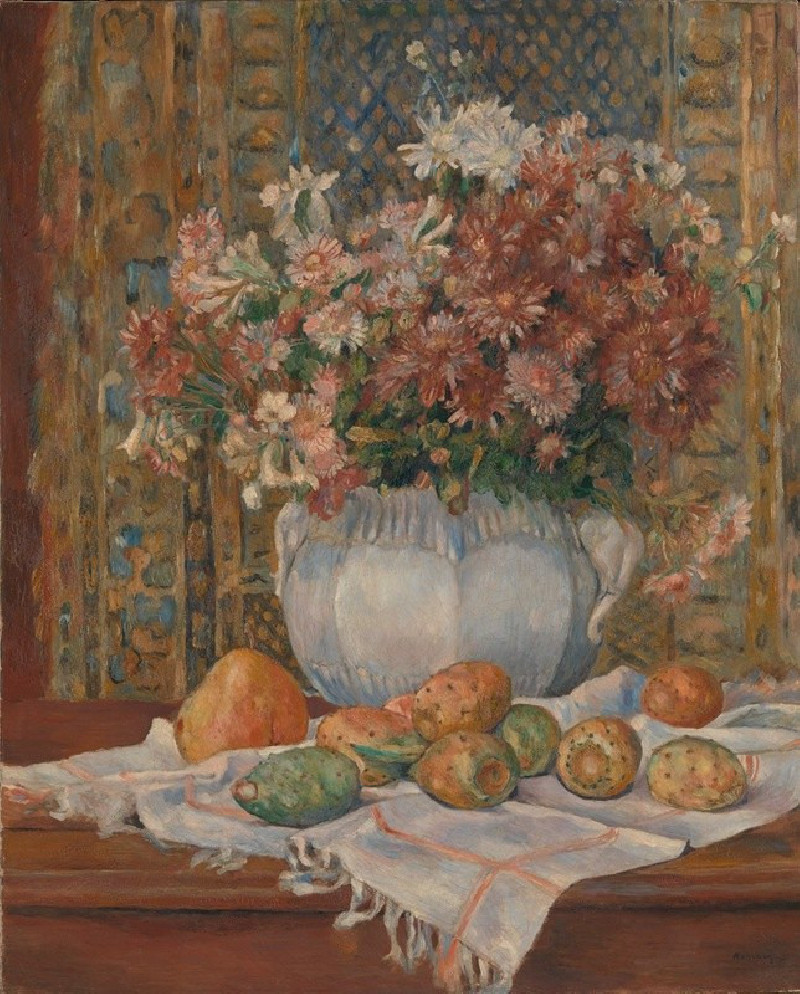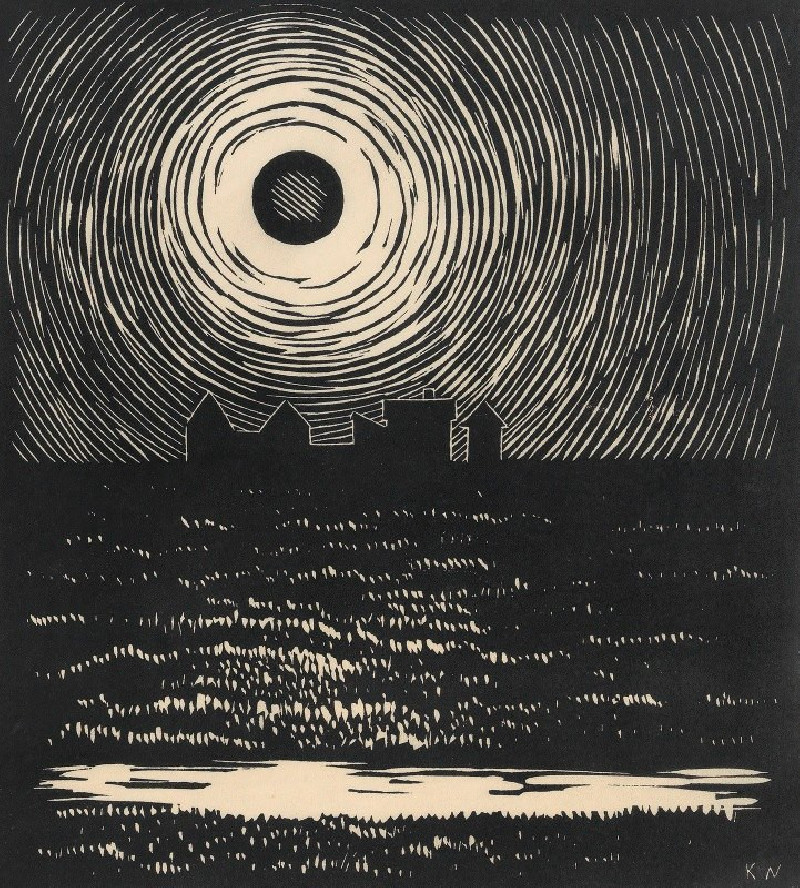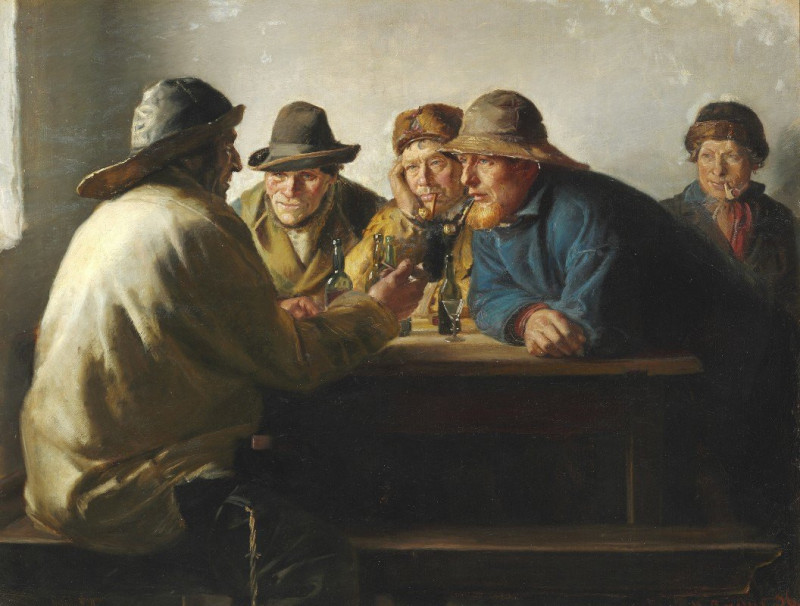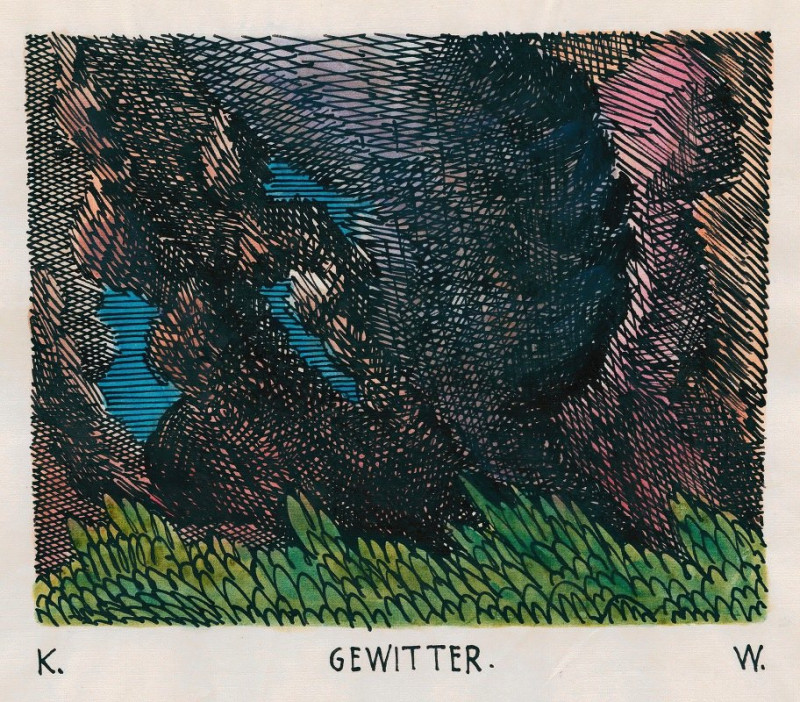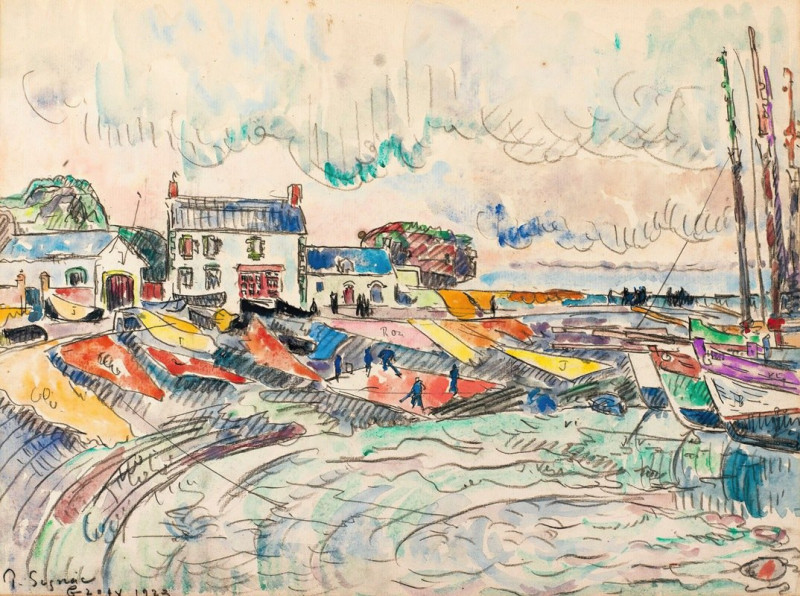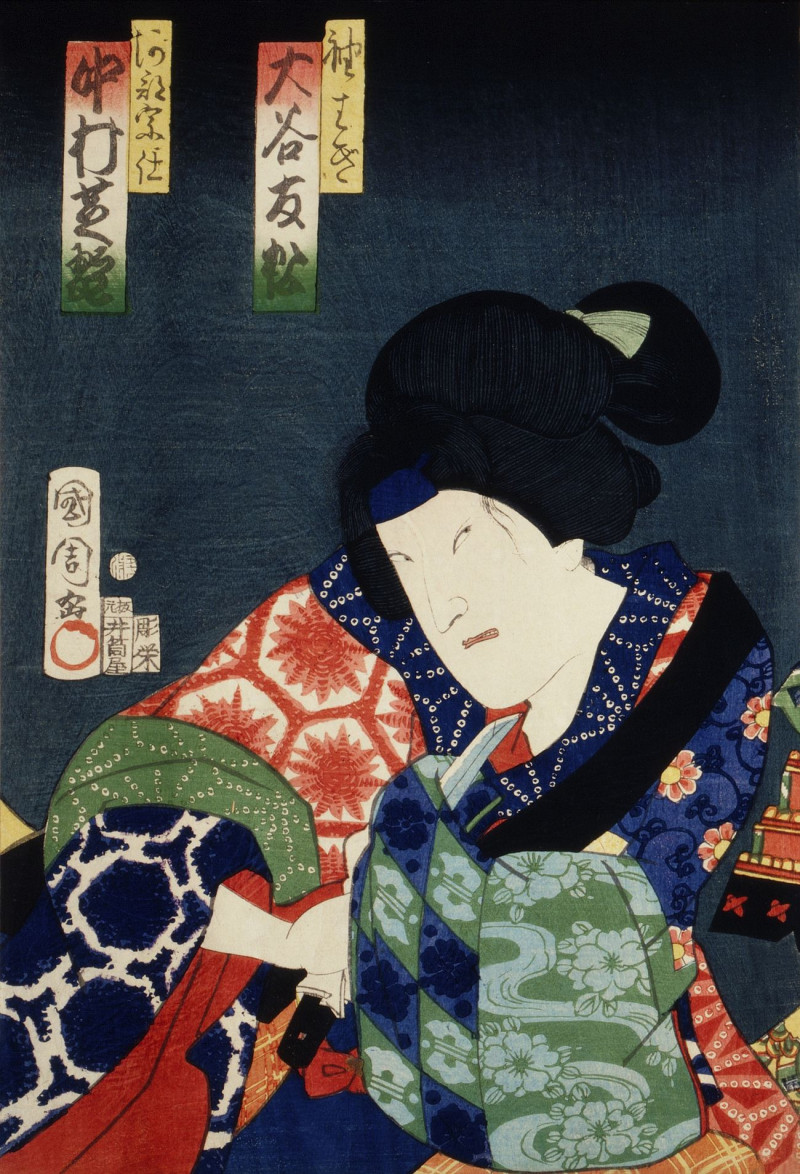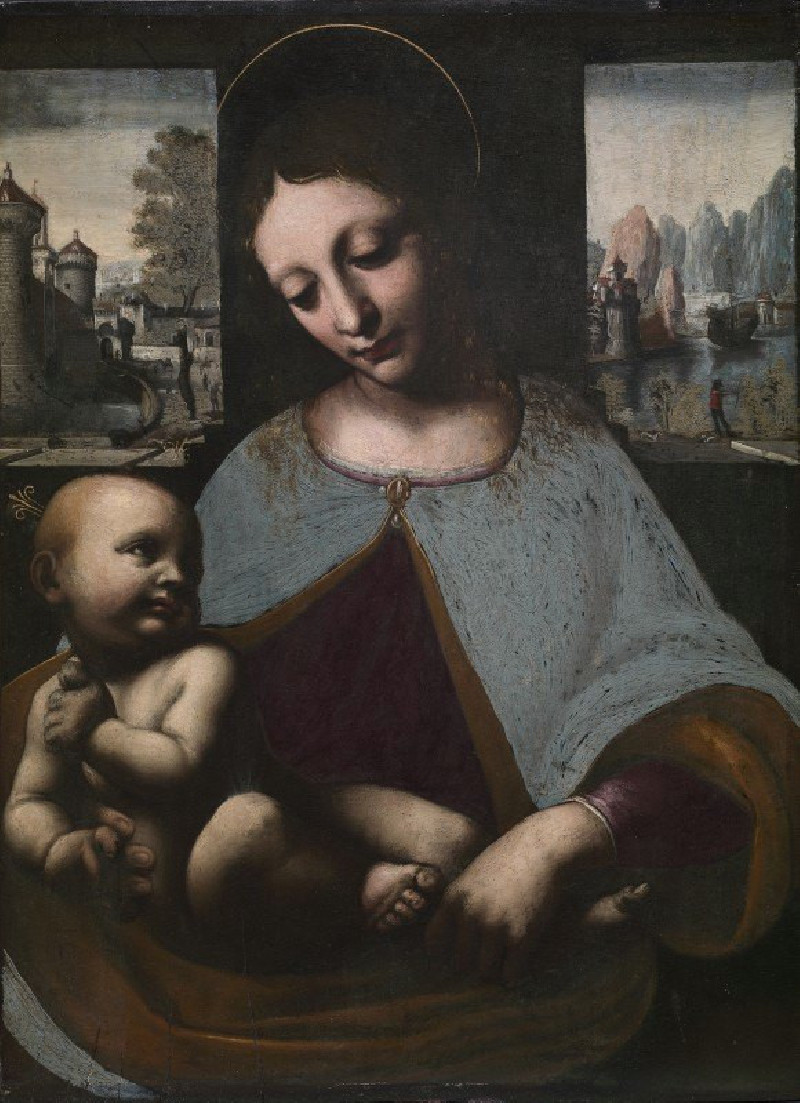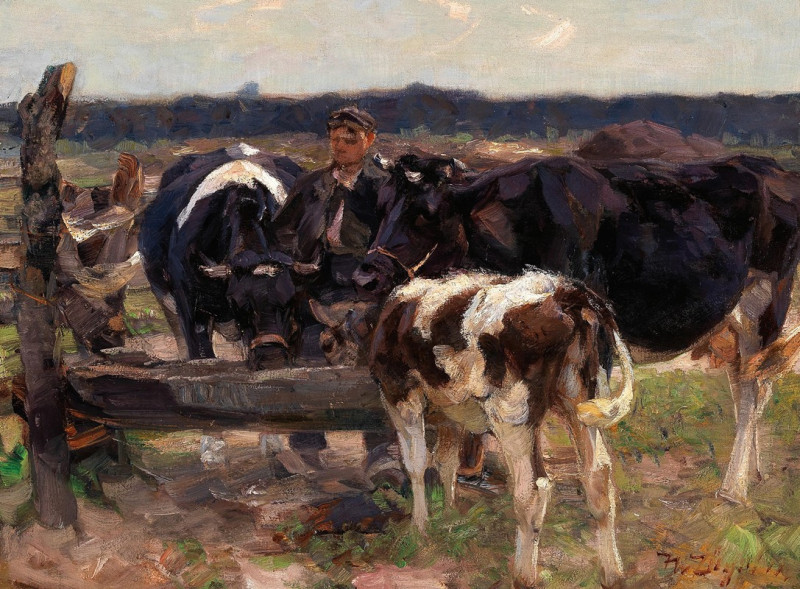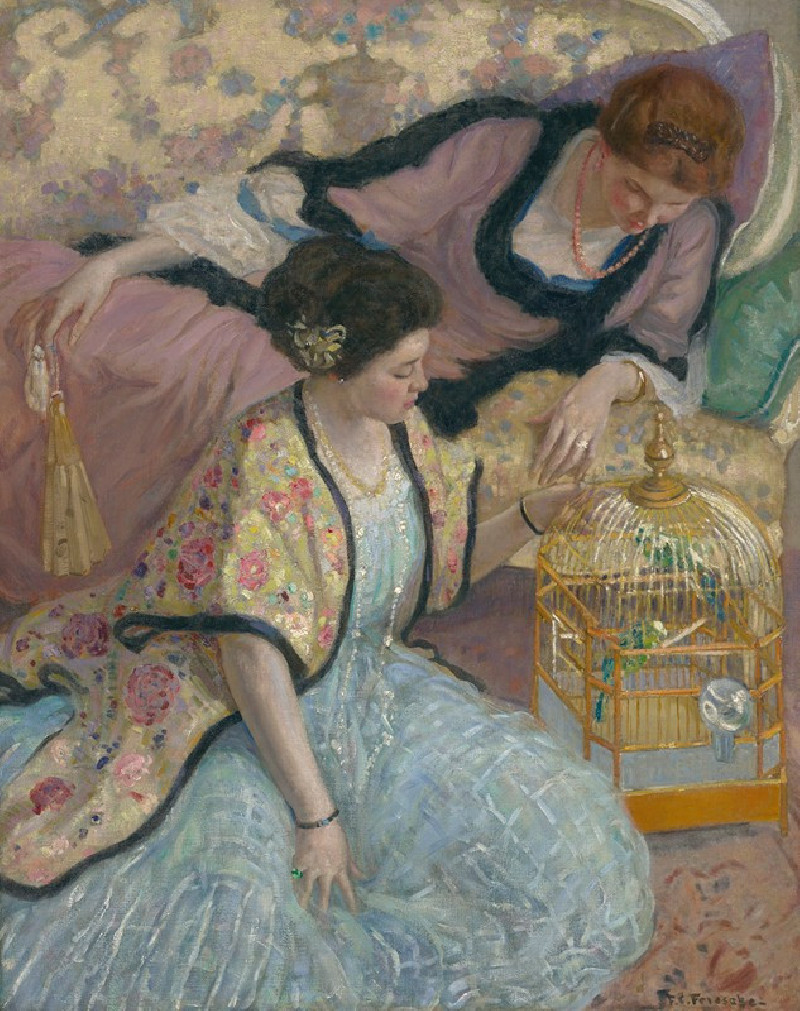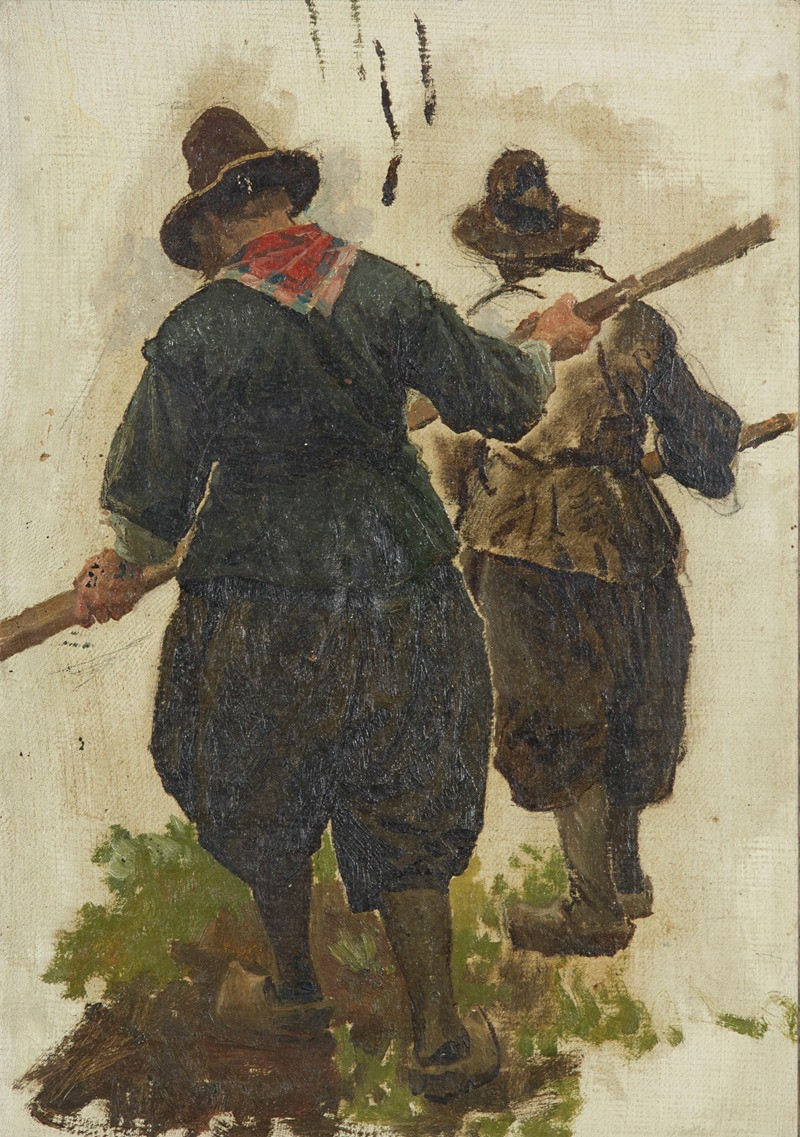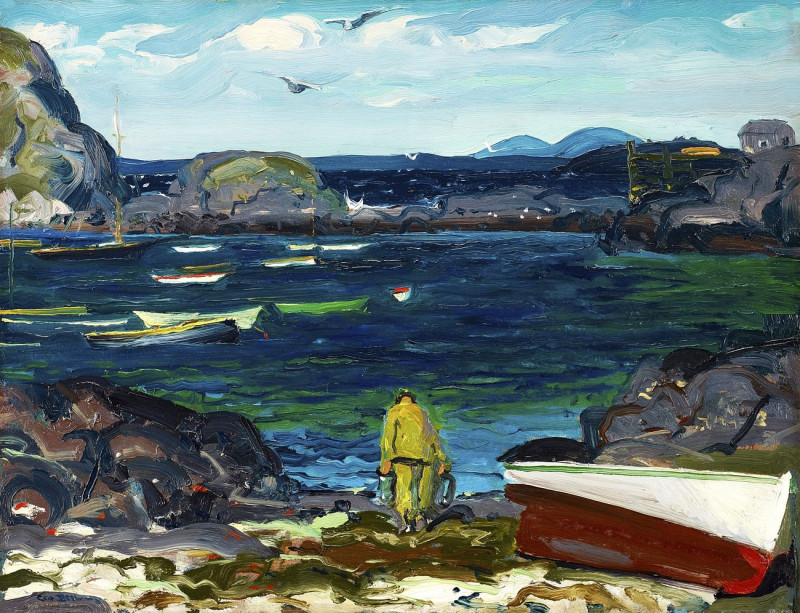A Kiss for Baby Ann (No. 3) (1897)
Technique: Giclée quality print
Recommended by our customers
More about this artwork
Explore a tender moment captured in "A Kiss for Baby Ann (No. 3)" by the eminent American artist Mary Cassatt, renowned for her intimate portrayals of women and children. Created in 1897, this artwork is a captivating example of Cassatt's mastery in using pastels to depict the warmth and closeness of maternal affection.The painting features a loving scene between a mother and her child. The child, with wispy blond hair and a cherubic expression, receives a gentle kiss on the cheek from their mother, whose profile is softened by the delicate pastel hues. The mother's embrace is enveloping and tender, her eyes closed as she presses her lips against her child's plump cheek, suggesting a moment of pure affection and contentment.Cassatt's skillful use of texture and color brings this scene to life, emphasizing the emotional bond shared between parent and child. The soft, overlapping strokes create a tactile sensation, making the figures seem almost tangible. The choice of warm and inviting colors enhances the overall sense of intimacy and love.This painting not only captures a fleeting moment but also beautifully expresses the timeless and universal bond of maternal love. "A Kiss for Baby Ann (No. 3)" is a poignant reminder of the gentle power of a mother's touch and the deep, silent communication within such a simple gesture.
Delivery
Returns
Mary Stevenson Cassatt was an American painter and printmaker. She was born in Allegheny City, Pennsylvania (now part of Pittsburgh’s North Side), but lived much of her adult life in France where she befriended Edgar Degas and exhibited with the Impressionists. Cassatt often created images of the social and private lives of women, with particular emphasis on the intimate bonds between mothers and children.
She was described by Gustave Geffroy as one of "les trois grandes dames" (the three great ladies) of Impressionism alongside Marie Bracquemond and Berthe Morisot.In 1879, Diego Martelli compared her to Degas, as they both sought to depict movement, light, and design in the most modern sense.

